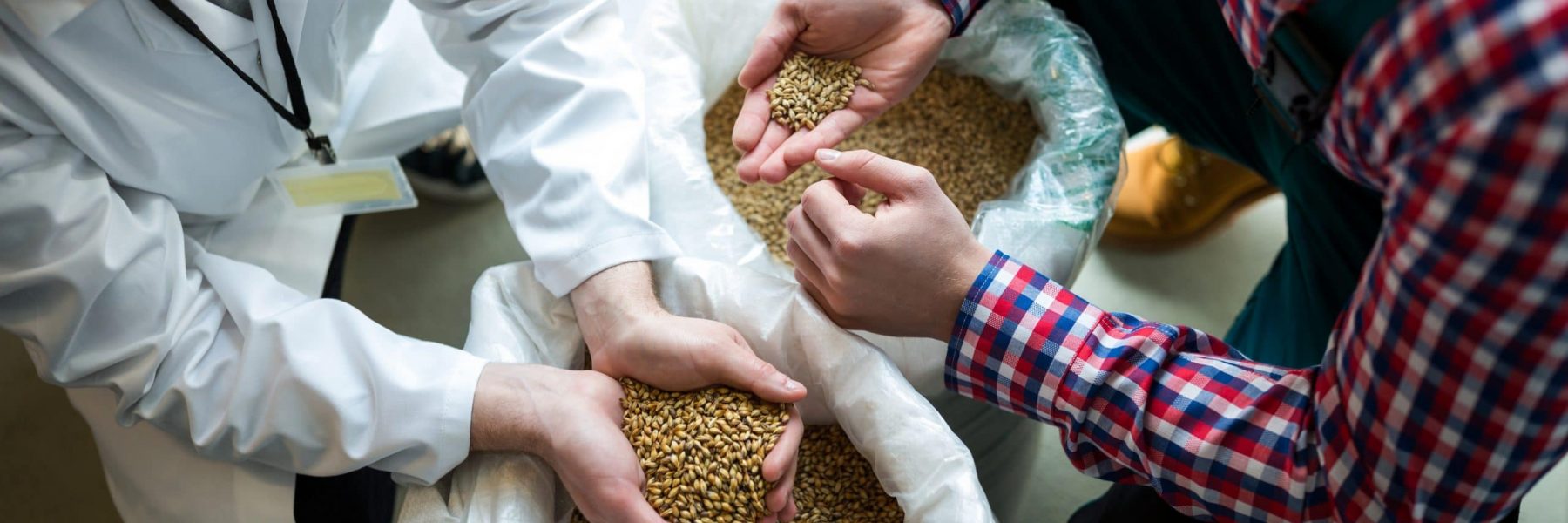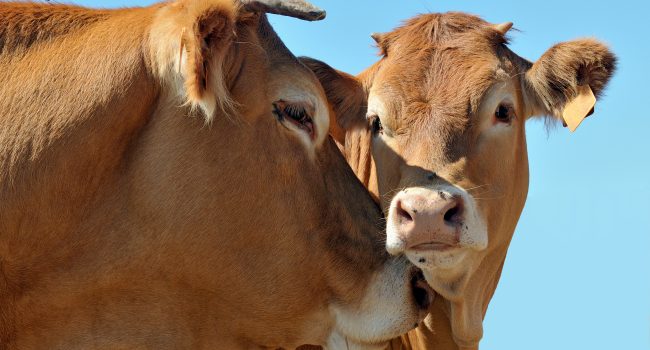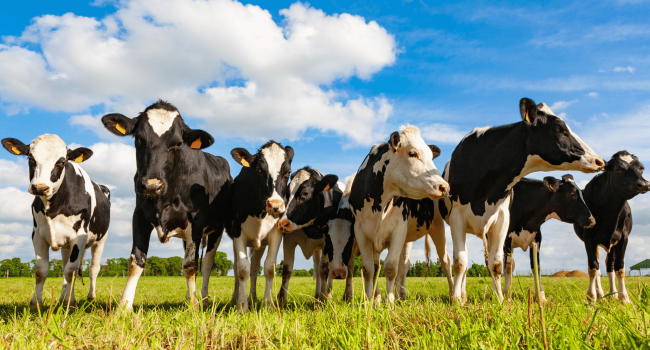Masked mycotoxins: definition
Masked mycotoxins are mycotoxins that have been structurally modified. They can contaminate both animals and plants; in plants, the modification can occur as the plant transforms the mycotoxin into a non-toxic metabolite while it attempts to detoxify itself from the contaminant. In this metabolite form, the mycotoxin escapes detection by common analysis methods. This modification makes masked mycotoxins unrecognizable as “regular” mycotoxins, and they are often mistaken for other compounds (Dellafiora, et al. 2016).
Masked mycotoxins can also appear during feed processing, especially when processing cereal grains and forage. (Dellafiora, et al. 2016). In feed production specifically, the processing methods of chemical hydrolysis, fermentation, and germination can lead to the liberation or generation of masked mycotoxins. (Berthiller, 2013).
Although “masked” is the most common term for these metabolites, “hidden”, “conjugated”, and “bound” are additional terms that may be used as well. Knowledge about them is limited, especially regarding the toxicity and behaviors of these compounds once ingested.
Finding masked mycotoxins
Masked mycotoxins cannot be detected in many conventional tests and due to their modified structure, the toxicity often does not register as significant if they are found. The rise in the use of detection methods like mass spectrometry is allowing better detection and identification of parent mycotoxins as well as masked mycotoxins, but this is still a work in progress. Due to so many unknowns, masked mycotoxins are not regulated as normal mycotoxins are (Dellafiora, et al. 2016).
What are the risks for animals?
Risks to livestock from parent mycotoxin contamination can include a variety of issues, depending on the mycotoxin or combination of mycotoxins. Some symptoms may include but are not limited to decreased weight gain, decreased feed intake, increased weight and lesions of internal organs (liver and kidneys), suppressed immune system, reduced reproductive efficiency, and impaired udder health.
The metabolization process that they undergo can render masked mycotoxins less toxic than their parent mycotoxins initially. However, they still pose a danger as they can increase in toxicity during the digestion process, specifically as they cleave from the sugar molecule in the intestine (Berthiller, 2013).
In the bloodstream and internal organs such as the liver, masked mycotoxins can transform themselves into other more toxic metabolites. More studies are needed to determine what happens to these masked mycotoxins during the digestion process to determine how they are absorbed and used and what impact they have on the animal. (Mass, 2018). Additional research and regulation of these metabolites is urgently necessary.
How can masked mycotoxins be managed?
Until more is known about how exactly masked mycotoxins affect livestock when digested, mycotoxin detection, control and management become even more critical. Producers need to be proactive with testing crops and feed ingredients for possible contamination and have a plan implemented depending on results of testing. A multi-faceted approach is crucial, and simple mycotoxin binders are not enough of a solution given the complex and unknown elements of masked mycotoxins. Mycotoxins pose a significant risk to growers, feed producers and animal owners that are not going away.
Proper management of raw materials, identification of mycotoxin levels, and correct dosage of treatment products are ways to lessen the impact that parent mycotoxins and masked mycotoxins may have on animal husbandry.
T5X provides a unique solution to the masked mycotoxin issue. Unlike some competitors’ products, T5X does not have specific action for some type of mycotoxins. Instead, it helps strengthen the whole animal by proactively supporting liver health and Cytochrome P450 enzymes’ production, involved in xenobiotics metabolization mechanism.
Even if the quantity or specific type of masked mycotoxins are unidentified in a sample, T5X can be used as a preventive measure for both known and unknown mycotoxins. No matter how often or extensively feed or feed ingredients are tested, it is important to make sure animals are well prepared for a contamination episode. T5X is the perfect preventive tool when animals face this “masked” challenge.
ADM has developed a global expertise in the mycotoxins contamination management. In a more and more challenging environment, using a simple binding solution is not enough. Thus, ADM offers its customers a complete approach of mycotoxins risk assessment thanks to a full package of services. This comprehensive solution combines quality control plan support, analysis, technical advice, high-end technical products range T5X and Mycowatch® app.
As mentioned before, in mycotoxins risk management, prevention is the key point for success. Indeed, it is critical for feed producers to know the contamination levels of their raw materials to be able to have a preventive approach. For that, ADM helps customers to build their mycotoxins control plan and offers analysis solutions depending on their situations and objectives.
Having analysis results is the first step of the preventive approach. To go further, ADM has developed the Mycowatch® app. This monitoring tool allows to valorize mycotoxins analysis results in order to evaluate the contamination risk and to know the precise T5X product dose to use.
The app is mainly dedicated to nutritionists and feed producers formulators and usable for their day-to-day work. Mycowatch® app is available on both Google Play Store and Apple App Store.



